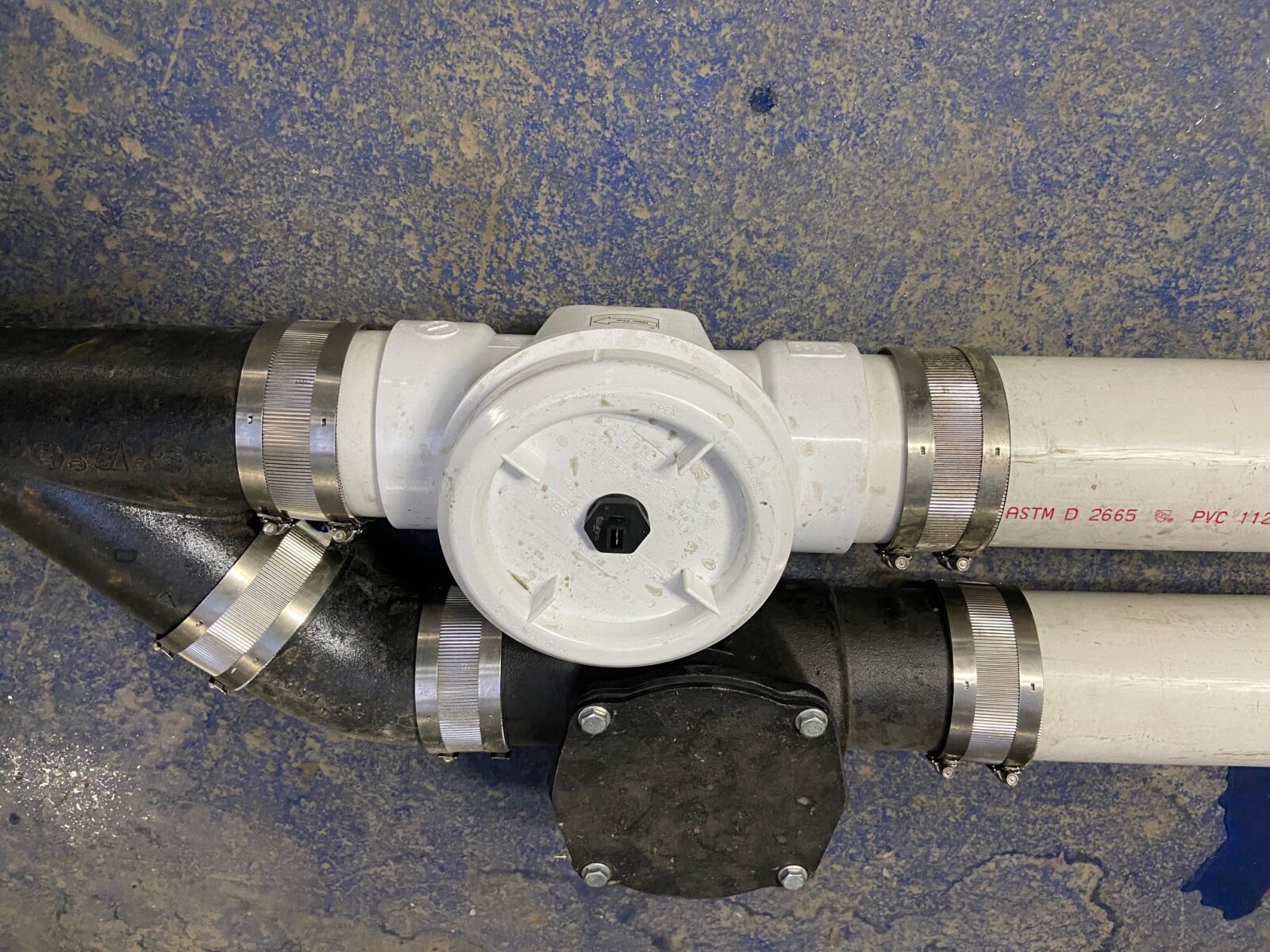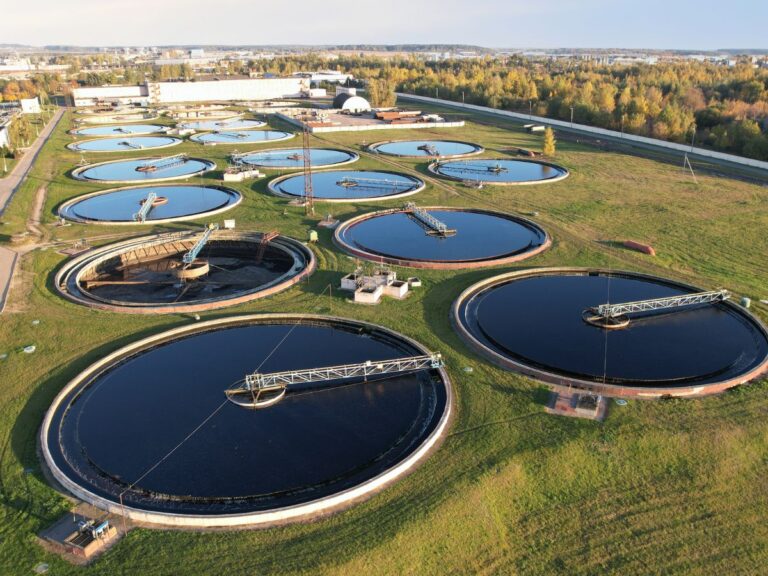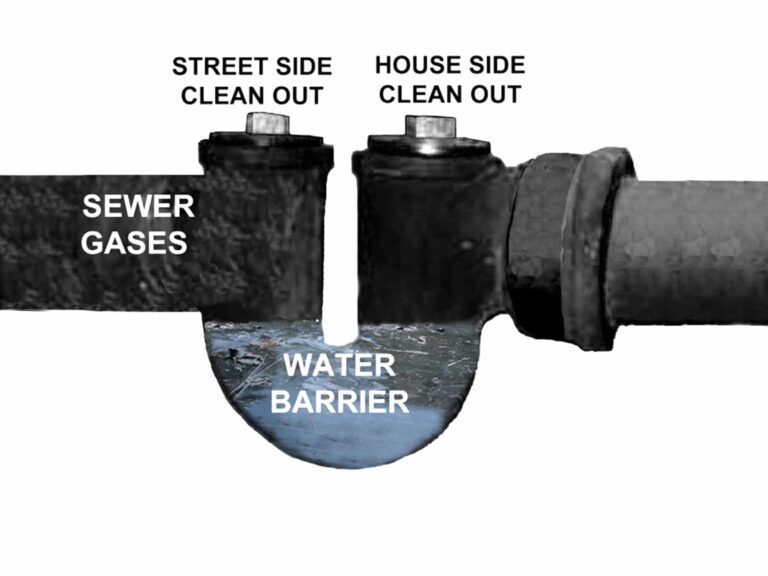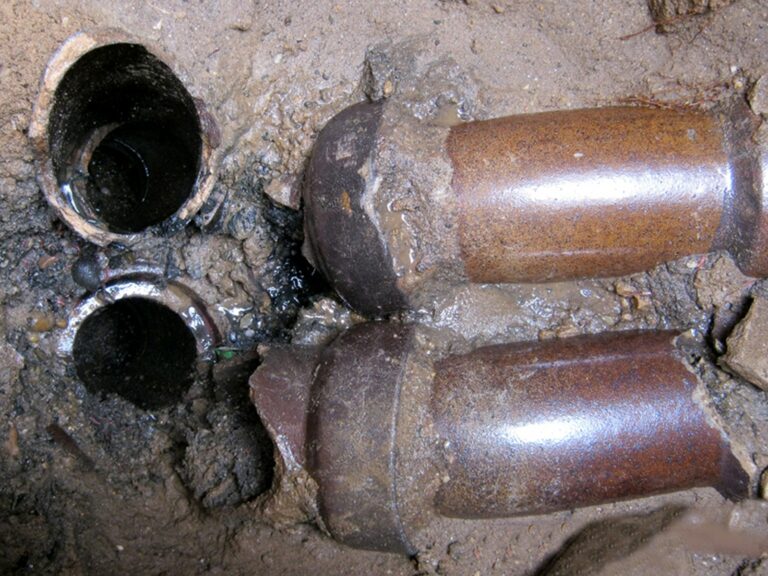4-inch Backwater Valve Overview
What is a 4-inch backwater valve? A 4-inch backwater valve is a device installed in the sewer line that prevents raw sewage from surcharging into your home from the public sewer system, protecting against health hazards and costly damage. Regular maintenance, including inspection, cleaning, and testing, is essential to ensure it functions properly.
Key Takeaways
- A 4-inch backwater valve is crucial for preventing raw sewage from surcharging into your home from a public sewer, protecting against potential health hazards and costly damage.
- Regular maintenance, including inspection, cleaning, and testing, is essential to ensure the valve functions correctly and provides continuous protection.
- Keeping detailed maintenance records helps track the condition of the valve and proves to building inspectors that proper care has been taken.
- Immediate action is necessary if you observe sewage surcharging in your basement; contact a professional sewer specialist for a prompt assessment.
Given their value in the sewer system, it’s essential to understand how they work, how to choose the right one, and how to maintain them for the safety and efficiency of your sewer system.
Types of Backwater Sewer Valves
Backwater sewer valves are located at the lowest point of the sewer line. They open when sewage flow is moving away from the building and close when it’s moving toward the building. The design prevents sewage from flowing back into your building. The 4-inch backwater valve for sewers is the most common for residential and small commercial buildings.
There are six basic types of a sewage backwater valve:
Horizontal 4 Inch Backwater Valve
The horizontal backwater valve is designed for a horizontal drain line. It has two main features: an internal check member, which is a mechanical barrier preventing backflow. This flapper works manually, to open and close. This allows sewage to flow outwards and closes to prevent backflow as well. This valve is most common in residential and small commercial buildings.
Vertical / 90-Degree Backwater Valve
The vertical backwater valve is installed in vertical pipings, such as a holding stream or a P-trap. The valve is most suitable in areas with a high risk of backflow or tight spaces. You can operate the valve manually or automatically. On plumbing fixtures, a 4-inch drain line valve is rarely needed. Most sinks, tubs, etc. use a 2″ or smaller backflow valve.
Horizontal Backwater Valve and Manual Gate Valve Combination
A combination manual gate valve looks like the horizontal backwater valve with the internal check member and the manual gate valve in one unit. The design makes the valve more compact and easier to install. However, you cannot repair or replace the manual gate valve if it becomes damaged.
Terminal Backwater Valve
The terminal backwater valve is installed at the discharge end of a horizontal drain line. It has a check member for preventing backflow but lacks the manual gate valve. You can use the valve in areas with constant sewage flow that doesn’t need controlling.
Floor Drain and Backwater Valve Combination
The floor and backwater valve combination incorporates an internal check member for preventing backflow but doesn’t have a manual gate valve. Its design is suitable for installation in a floor drain, making it ideal for basements.
Open Backwater Valve
The open backwater valve is designed not to interfere with the air movement in the drainage system. The valve is most suitable in areas with a low risk of backflow but with constant sewage flow. This is why a 4 inch backwater valve is ideal for installation in front of the typical 4-inch main house trap.
When choosing suitable sewer valves, you should consider the specific needs and conditions of the sewer system.
Benefits of Using a Sewer Check Valve
As discussed above, backwater valves for sewer lines, also known as sewer check valves, protect your home from raw sewage surcharging from a public sewer. In addition to this, there are other various reasons why you should consider using it:
- Protection against raw sewage: The sewer check valve prevents sewage from flowing back through the plumbing system, causing significant damage to your home and creating a health hazard.
- Cost savings: If raw sewage flows back into your home, it could cause extensive damage to the plumbing system, leading to costly repairs. Backwater sewer valves prevent this damage, saving you money in the long run.
- Complying with the building code requirements: The building codes direct the installation of a backwater valve to protect against raw sewage backups. Installing the valve ensures you meet these requirements, making it easy to sell your home in the future.
Backwater sewer valves are an essential piece of equipment that can give you peace of mind knowing you’re protected against raw sewage from a public sewer. To ensure a suitable valve for your sewer system, consult a professional sewer specialist before choosing and installing one.
4 Inch Backwater Valve Maintenance Tips
When you have a 4-inch backwater valve in your building, you should practice proper maintenance to ensure it continues to function properly and protect your home from sewer backups and surcharges. Here are a few tips to ensure your sewer valves are in good condition for maximum efficiency.
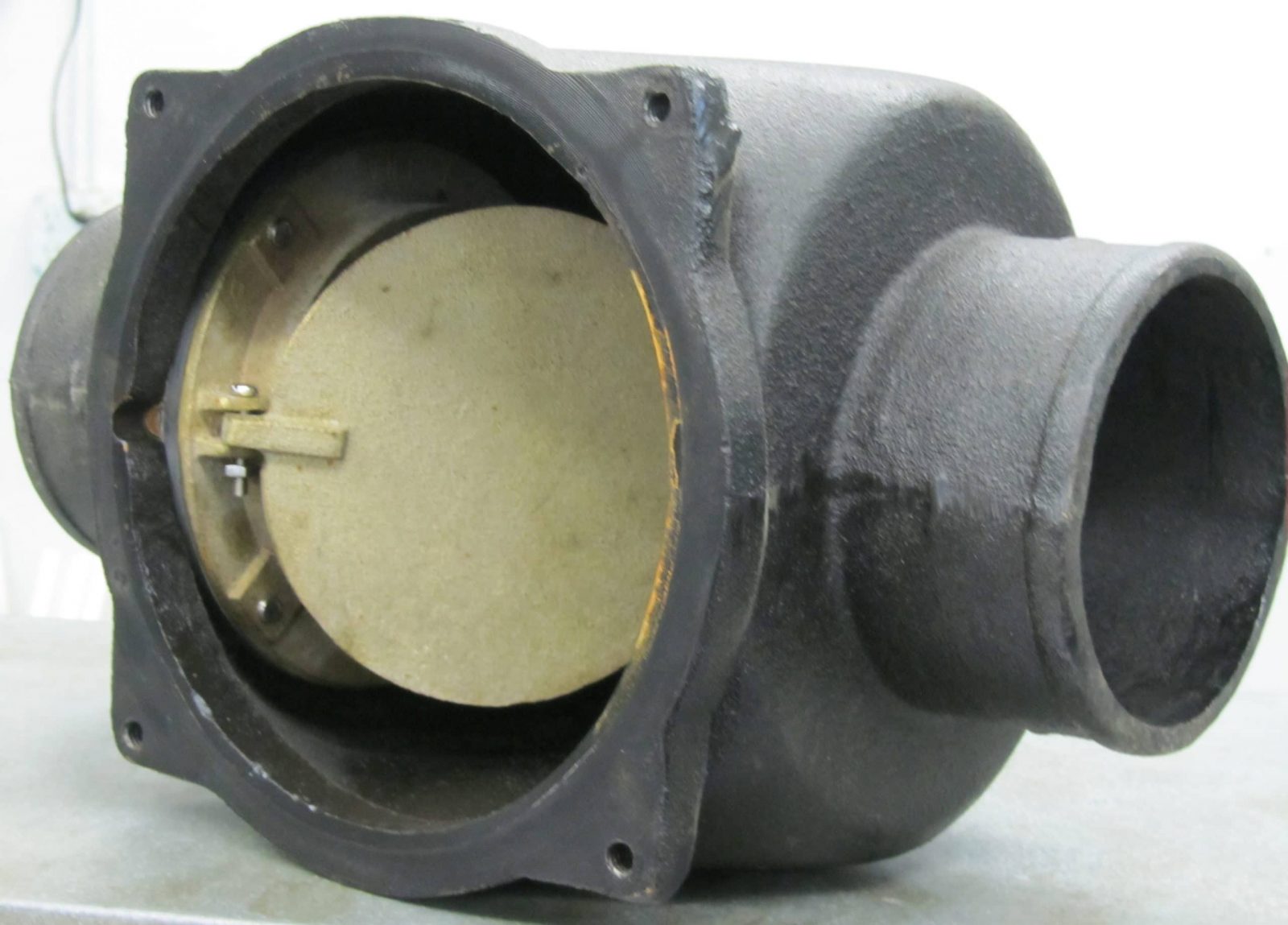
Regular Inspection
Inspect the valve regularly for any signs of damage, wear and tear. Look for cracks, leaks, as well as other visible damages during the inspection. If you notice any problems, call a professional plumber to take a look.
Cleaning the Valve
Ensure you clean your 4 inch backwater valve at least once a year. This removes the debris that may have accumulated, interfering with its functionality. If you have a PVC sewer valve, it’s easier to clean.
Testing the Valve
Regularly test your backwater valves to ensure it’s functioning correctly. You can close the valve and run water through the sewer line to see if any water comes back through the valve. Call a professional plumber for further testing and repair if the water returns.
Understand the Warning Signs
Familiarize yourself with the backwater valve warning signs, including water coming back into the house, gurgling sounds from the drain, slow drains, as well as sewer odors. If you notice any of these, call a professional plumber as soon as possible to help resolve the underlying problem before it escalates.
Keep a Record of Maintenance
Keep a record of all maintenance you perform on your 4-inch backwater valve, including maintenance date, identified issues, the action you took, and whether you resolved the issue. The record shows proof of maintenance to a building inspector and keeps track of when you last cleaned the valve.
Key Takeaways About Sewer Backwater Valves
Now that you’re familiar with sewer valves, here are important things to remember about a 4-inch backwater valve:
- A 4-inch sewer check valve prevents raw sewage from surcharging from a public sewer to your home, causing health hazards and damage
- Regular maintenance of the valve ensures it functions properly at all times. Maintenance exercises should include inspecting, cleaning, testing, as well as keeping records of the exercise.
- You should act promptly if you note sewage surcharging in your basement and call a professional sewer specialist for an assessment.
Get Instant Help from a Professional Sewer Specialist
If you are experiencing sewage surcharging into your basement, you should take action before the problem gets out of hand. Your 4-inch backwater valve could be the problem. A professional sewer specialist can help if you need clarification on the issue.
Our professional plumbers from Balkan Sewer and Main will assess your sewer line and recommend the best action. Don’t wait until it’s too late. Contact us today, and let’s help you install a 4-inch backwater sewer valve and enjoy the peace of mind that comes with knowing your family is safe from sewer backwater.

